Item number: 60147
An Art Déco 800 grade silver footed bowl, Vienna 1934,
designed by Oswald Haerdtl, executed by Alexander Sturm
The round bowl decoratively subdivided by radiating and wavy surface, held on a central opposing foot. The surface completely covered by fine martlé, the concave stepped centre smooth.
A fine Viennese Art Deco silver footed bowl based on a design by the famous Austrian designer Oswald Haerdtl. The bowl was produced in 1934 by Alexander Sturm silversmithy. The bowl is still in regular production today by the Wiener Silberschmiede Werkstätte in two sizes, but without the martelé to the surface.
6.5 cm / 2.55″ tall, 25.1 cm / 9.88″ diameter; 391.6 g / 12.59 oz
Oswald Haerdtl – designer, teacher and architect
Born in Vienna in 1899, Oswald Haerdtl completed a carpentry apprenticeship with his uncle Heinrich Scheranek at the age of 14.
In the winter semester of 1916, he became a student at the Wiener Kunstgewerbeschule (Vienna School of Arts and Crafts) in Koloman Moser’s painting class. His training at the School of Arts and Crafts was interrupted for a year when he enlisted for military service. After the end of the war, he returned to the Wiener Kunstgewerbeschule in November 1918, where he was accepted into Oskar Strnad’s architecture class in the winter semester of 1919. He completed his studies in 1921 and was awarded the Eitelberger Prize for his final thesis and – as the first graduate – the Austrian State Prize.
He then became an assistant teacher in Josef Hoffmann’s master class at the Wiener Kunstgewerbeschule in 1922 and worked in Josef Hoffmann’s private studio in 1924. His first major project at this time was to assist Josef Hoffmann in the realisation of the Austrian pavilion at the ‘Exposition internationale des arts décoratifs et industriels modernes’ – the world exhibition for applied arts and industrial design – which took place in 1925. During this time, he also became familiar with works by Le Corbusier and became acquainted with Fernand Léger, among others.
Later, Oswald Haerdtl was also commissioned to design the Austrian pavilion for the 1935 Brussels World’s Fair and the 1937 Paris World’s Fair (known as the ‘small world’s fair’).
The period of the National Socialist occupation of Austria was characterised by hostility towards Oswald Haerdtl, which was primarily based on the fact that he worked with a number of Jewish companies. Nevertheless, in 1938 he was appointed head of the specialised class for commercial and industrial design in addition to the specialised class for architecture. He was able to avoid being called up for the war thanks to the intervention of numerous high-ranking personalities in the art world. After the war, Oswald Haerdtl was mainly involved in architectural projects and created some key buildings of the Austrian post-war period, including the representative rooms of the Federal Chancellery and the Wien Museum on Karlsplatz. He died on 9 August 1959 in Vienna as a result of a heart attack.
Known primarily as an architect, Oswald Haerdtl also created numerous designs for arts and crafts products such as glassware for Lobmeyr and Bakalowits and silverware for Klinkosch and Alexander Sturm, as well as cigarette packagings for the Österreichische Tabak Regie. Alongside Josef Hoffmann, he is one of the most important Austrian designers of the post-war period.

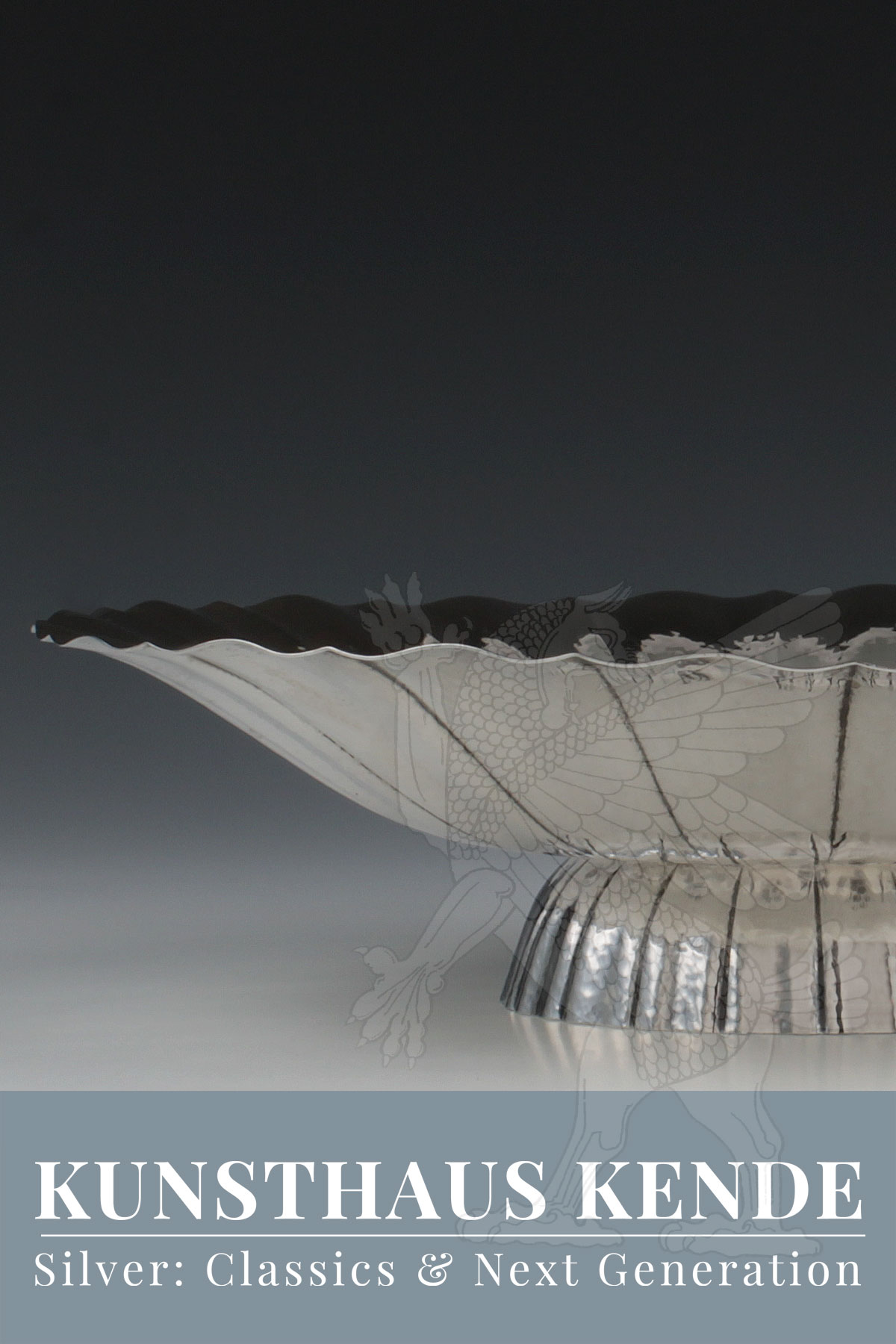
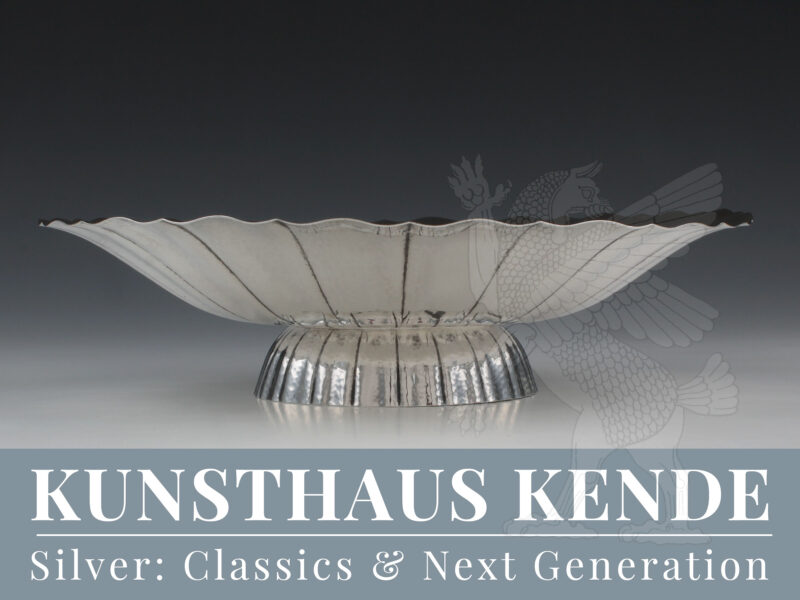
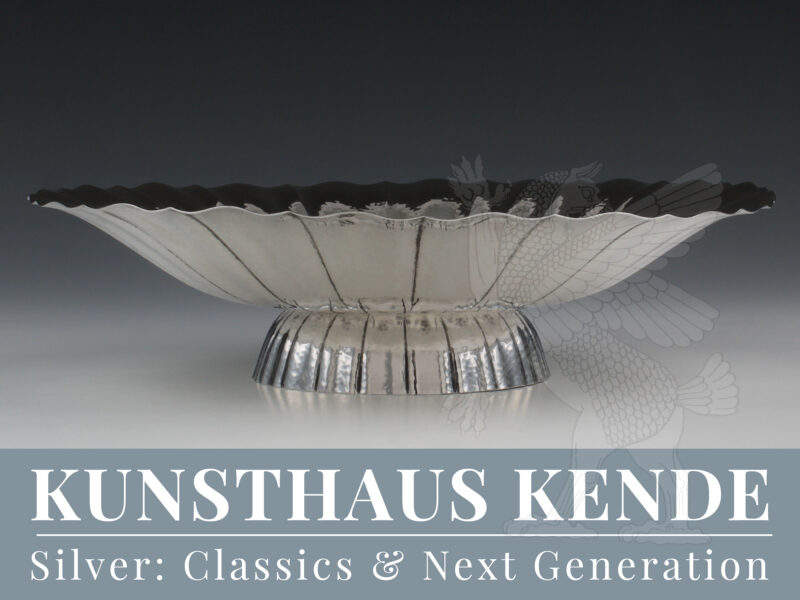
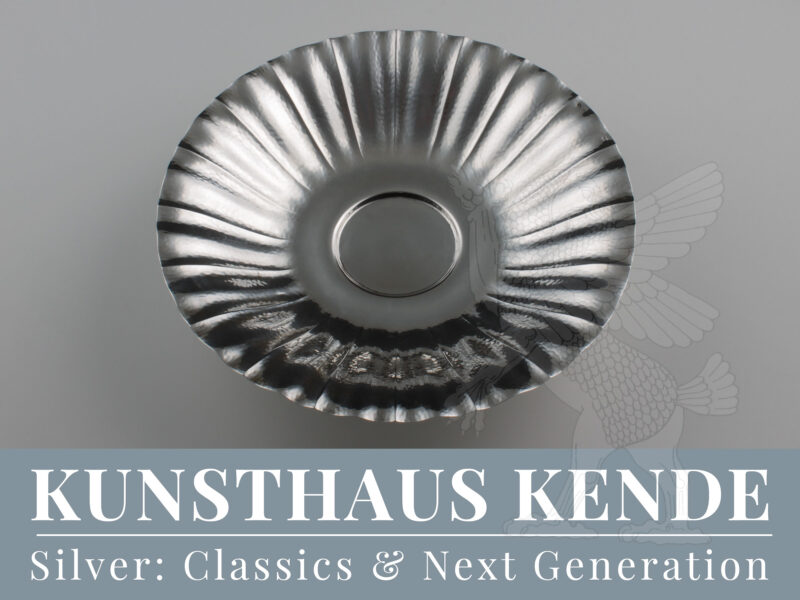
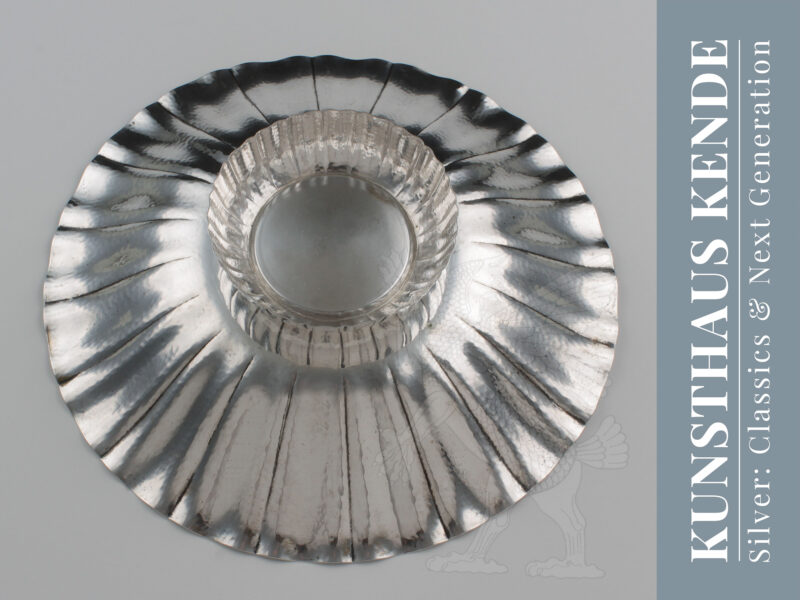
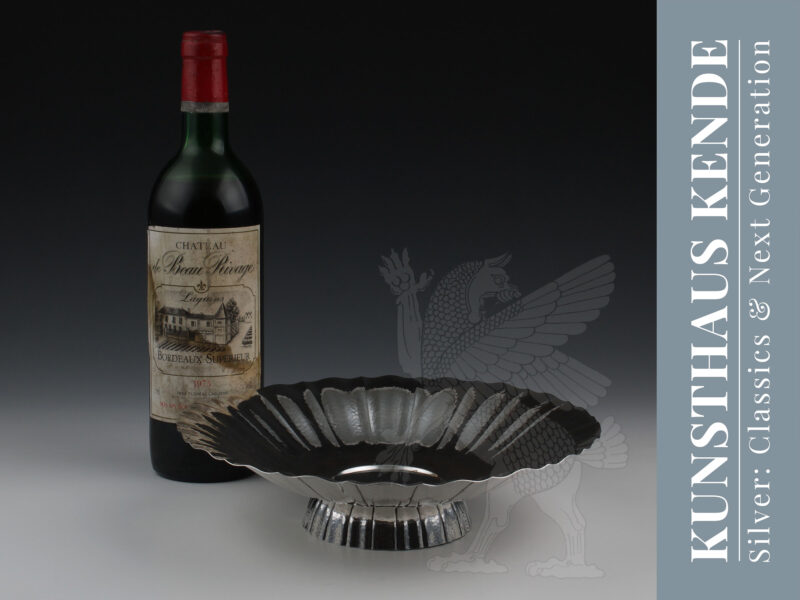

![[:en]Greif Kunsthaus Kende[:]](https://kunsthaus-kende.de/wp-content/uploads/greif_kunsthaus-kende-238x300.png)

